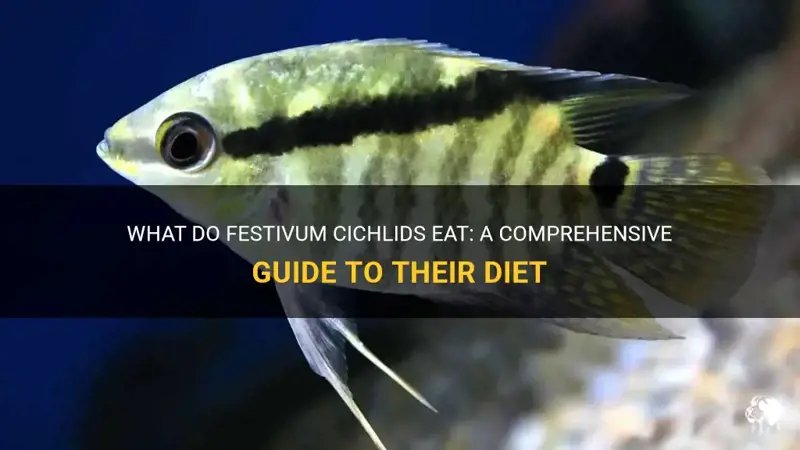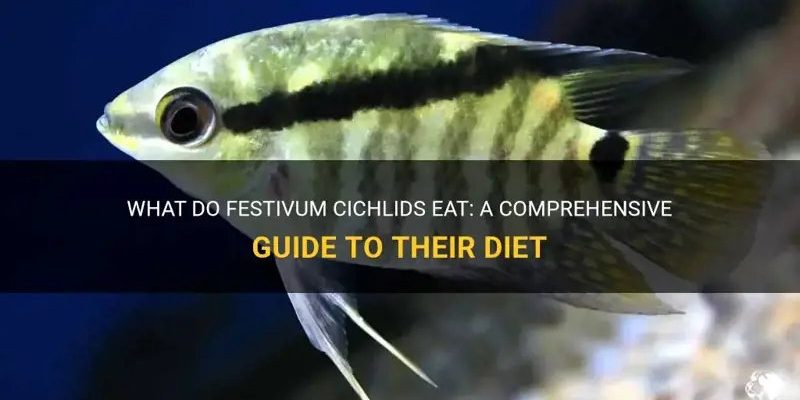
Cichlids come in various shapes, sizes, and colors, often originating from freshwaters like Africa’s Great Lakes or South America. Because of their diverse backgrounds, their diets can range widely. Some are strict herbivores, while others are more carnivorous or omnivorous. So, what do cichlids actually eat? Let’s dive into the feeding schedules, nutritional tips, and everything in between to keep your fish thriving.
The Basics of Cichlid Diets
Cichlids are fascinating because their diets are as diverse as their colors. You might wonder why that matters. Well, knowing whether your cichlid is a herbivore, carnivore, or omnivore helps you make informed choices about their food.
– Herbivores: Some cichlids, like the famous African Mbuna, thrive on a diet rich in plant matter. They need foods that are high in fiber and algae to maintain their digestive health.
– Carnivores: On the flip side, species such as the Oscar love a protein-heavy diet. They benefit from foods that mimic their natural prey, which includes insects and small fish.
– Omnivores: Many cichlids fall in between and enjoy a mixed diet. This means a combination of plant-based and protein-rich foods. Think about it like having a balanced meal—variety is key!
Understanding these categories can help you select the right fish food. It’s like putting together a well-rounded plate at dinner time: a little bit of everything can lead to a healthier cichlid.
Common Food Options for Cichlids
Now that we know what types of diets exist, let’s get into the nitty-gritty of what to actually feed these beautiful fish. Here are some common food options every cichlid owner should consider:
- Pellets: A staple for many cichlid enthusiasts, these come in various formulations tailored for cichlids. They’re convenient and often packed with essential nutrients.
- Flakes: Flakes can be a good choice, especially for smaller cichlids. However, be careful not to overfeed, as uneaten flakes can pollute the tank.
- Frozen or Live Foods: Things like brine shrimp, bloodworms, or even daphnia can make for exciting treats. Just think of it as taking your cichlids out for a special meal!
- Vegetables: Blanched zucchini, peas, or spinach can be great additions for herbivorous cichlids. They love nibbling on these veggies!
Don’t forget to vary the diet! Just like we don’t want to eat the same meal every day, your cichlids will appreciate a bit of culinary adventure too.
How to Create a Feeding Schedule
Creating a feeding schedule might seem trivial, but it’s vital for your cichlid’s health. Imagine trying to organize a dinner party without a plan; things could get a bit chaotic! Here’s how to set up an effective feeding schedule:
1. Frequency: Generally, cichlids should be fed 1-2 times a day. This allows them to digest their food properly without being overwhelmed, which can lead to health issues.
2. Portion Control: Offer only what they can consume in about 2-3 minutes. If you’re seeing leftover food floating around, it’s time to scale back. Nobody likes a messy dinner table!
3. Special Treats: You might want to include a “treat” day, offering something a little extra once a week, like frozen or live food. This keeps things exciting and gives your fish something to look forward to.
4. Adjust as Needed: Keep an eye on your cichlids. If they seem overly hungry or disinterested in food, you might need to tweak your schedule or portion size. Just like us, fish can have varying appetites!
By having a clear feeding schedule, you’re ensuring a routine that benefits both you and your fish.
The Importance of Nutritional Variety
Think of variety as the spice of life for your cichlids. Feeding them a single type of food every day can lead to nutritional deficiencies. Honestly, it’s like only eating bread for every meal—boring and not very healthy!
– Balanced Nutrition: Different foods offer various nutrients. Pellets may be high in protein, while veggies add fiber. Mixing these ensures your cichlids get a balanced diet.
– Preventing Boredom: Just like we might tire of the same meals, cichlids can lose interest in their food. By rotating their diet, you keep their interest piqued, which could contribute to their overall happiness.
– Health Maintenance: A diverse diet can boost their immune systems and help prevent disease. Think of it as building a strong foundation—each nutrient plays a role in their health and longevity.
So, make it a point to mix things up every week. Cichlids are curious creatures, and they love exploring new tastes!
Common Myths About Cichlid Feeding
With everything we discussed, there are still some myths about feeding cichlids that can trip up new fish owners. Let me explain a few of the common misconceptions:
– “Cichlids Can Thrive on Just Flakes”: While flakes are handy, relying solely on them isn’t ideal. They lack the variety cichlids need for optimal health.
– “Feed Them as Much as They Want”: Overfeeding can lead to water quality issues and health problems. It’s always better to feed smaller, manageable portions.
– “All Cichlids Eat the Same”: As we’ve seen, dietary needs vary significantly among cichlid species. Always do your homework to understand what your specific type needs.
By staying informed, you can avoid these common pitfalls and keep your fish thriving.
Tips for Feeding Your Cichlids
To wrap things up, let’s go over some best practices for feeding cichlids. Here’s what you should keep in mind:
– Observe Behavior: Watch how they react to different foods. If they seem hungry but ignore certain options, it might be time to switch things up!
– Quality Matters: Always choose high-quality fish food. Cheaper options might save money but can compromise your fish’s health in the long run. Think of it as investing in your health!
– Tank Maintenance: After feeding, remove any uneaten food promptly. This helps keep your aquarium clean and prevents water contamination.
– Consult Experts: If you’re ever in doubt, don’t hesitate to reach out to local fish stores or online communities for advice tailored to your cichlids.
By following these feeding tips, you can create a thriving environment for your cichlids, ensuring they live long, healthy lives full of color and personality.
In conclusion, taking care of what cichlids eat goes beyond just tossing in food. It involves understanding their nutritional needs, creating a feeding schedule, and offering variety. By prioritizing these elements, you can ensure your fish stay healthy and happy. So, grab your fish food and get ready to delight your cichlids—happy feeding!

